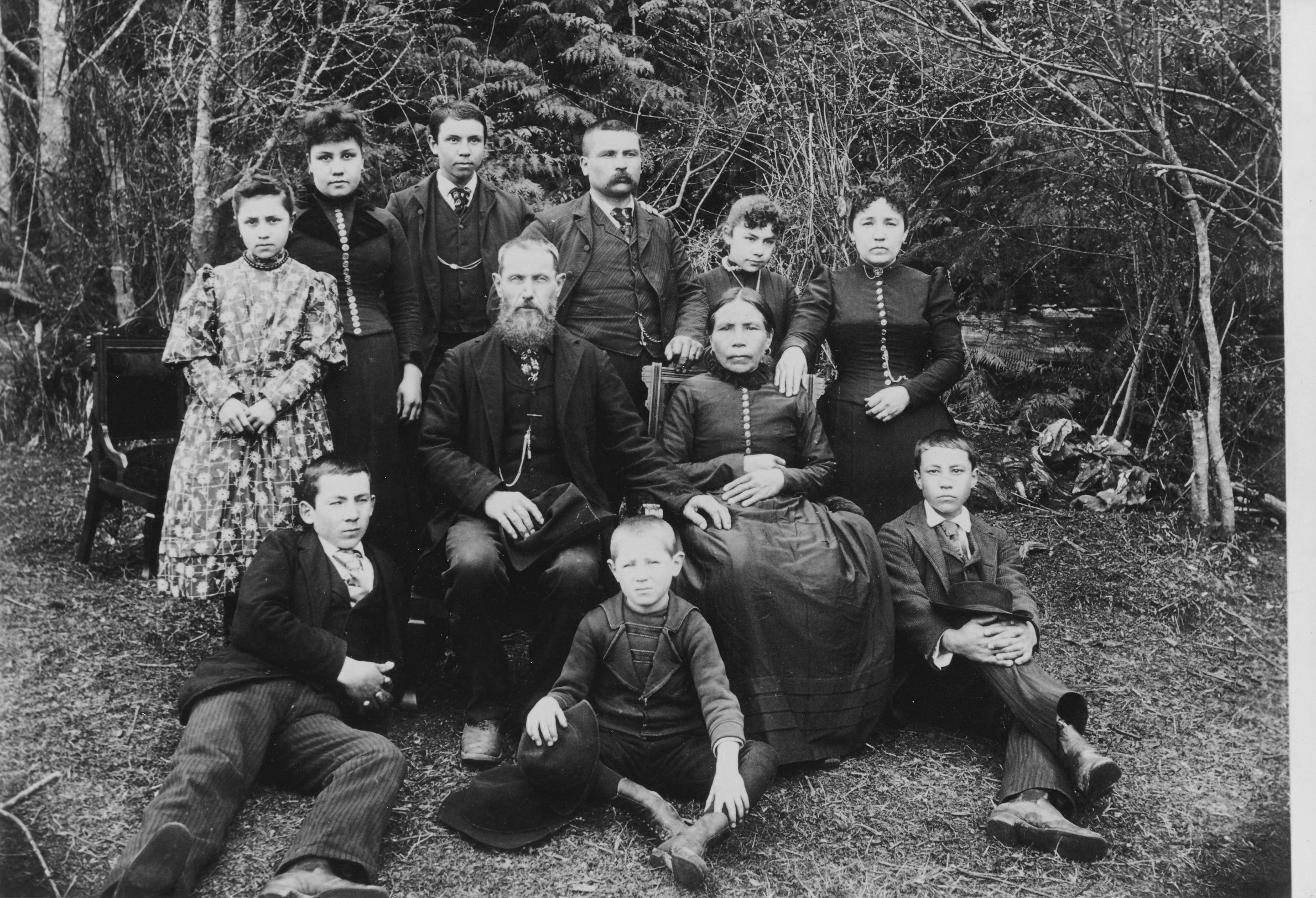
The Early Years:
1800-1850
As Sayward and Thorndyke established the first mill at Port Ludlow, the United States was undergoing significant changes. Franklin Pierce held the presidency, the Mexican War remained a topic of interest, and the future president Abraham Lincoln had yet to make his mark on history.
During this time, Seattle had yet to be founded. Merchants from around the world frequented Port Ludlow and Port Gamble, using these ports to transfer their goods from ships to inland destinations.
The name "Port Ludlow" was bestowed upon the harbor by Charles Wilkes in 1841, in honor of Lt. Augustus C. Ludlow, who lost his life during the War of 1812 in the battle between the USS Chesapeake and the British HMS Shannon.
Amidst the frenzy of the 1849 California Gold Rush, three men from Maine—A.J. Pope, W.C. Talbot of East Machias, and Cyrus Walker of Skowhegan—ventured to the Pacific coast. Talbot and Walker, sailing up the coast, explored various sites for a potential mill location. They eventually settled on Port Gamble, where the thriving Thorndyke mill had already begun producing lumber. This decision marked the founding of the Puget Mill Co., a pivotal moment in the region's industrial history.

RELATED HISTORY SPOTLIGHTS




